Spring / Autumn / the tricks that keep the house green
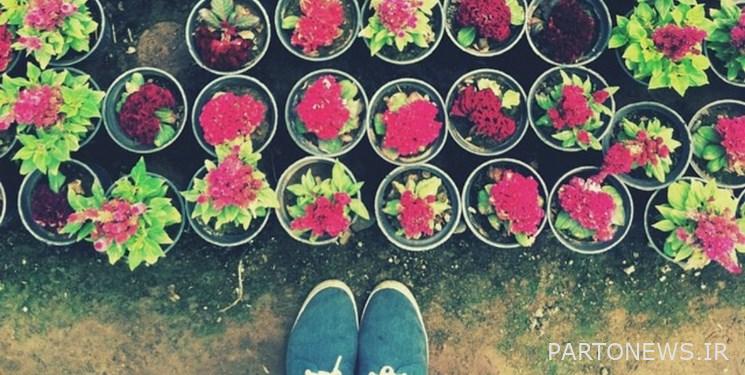
group Life; نعیمه Immortality: Cold and cloudy weather, faint sunny autumn, rain and leafless plants for several months are so annoying for some people that they somehow suffer from seasonal depression. This type of mental impatience does not require medication and treatment, but with a few simple methods such as using clothes of warm colors, listening to soft and not sad music, short but numerous fun, regular walking, using hours And on sunny days, the fun of caring for plants can be controlled and eliminated. We review the cultivation of plants because it brings spring to the autumn garden of our homes and is in the range of relatively stable and possible pleasures for the general public.
Why plants I?!
Many people in spring and summer are tempted to see beautiful flower pots and turn the house into a small and beautiful garden, but do not think about its date in the fall and the preparation and cultivation of cold-resistant plants. Plants that are either late fall or are in the evergreen category or with the fiery colors of red, yellow and orange of their leaves and flowers, enhance the passion of life in the house. On the other hand, these people, by not being aware of the methods of caring for plants in the cold seasons of the year, inadvertently cause the destruction of plants. This guide will help you to be a good gardener for autumn days and keep your heart and plants well. The first and most golden information we can have is this; Most of the plants that we keep at home, at work and in our living environment are houseplants. The main birthplace of most of these plants is tropical and temperate regions. For this reason, they usually become sensitive to extreme cold as the temperature drops and disappear. Some of them are seasonal plants, that is, no matter how much we take care of them, half of the year is Khorram and the other half is autumn. Understanding these two points helps us to identify which plant should be taken care of? We have to move some to a warmer and better place and give others a chance to hibernate.
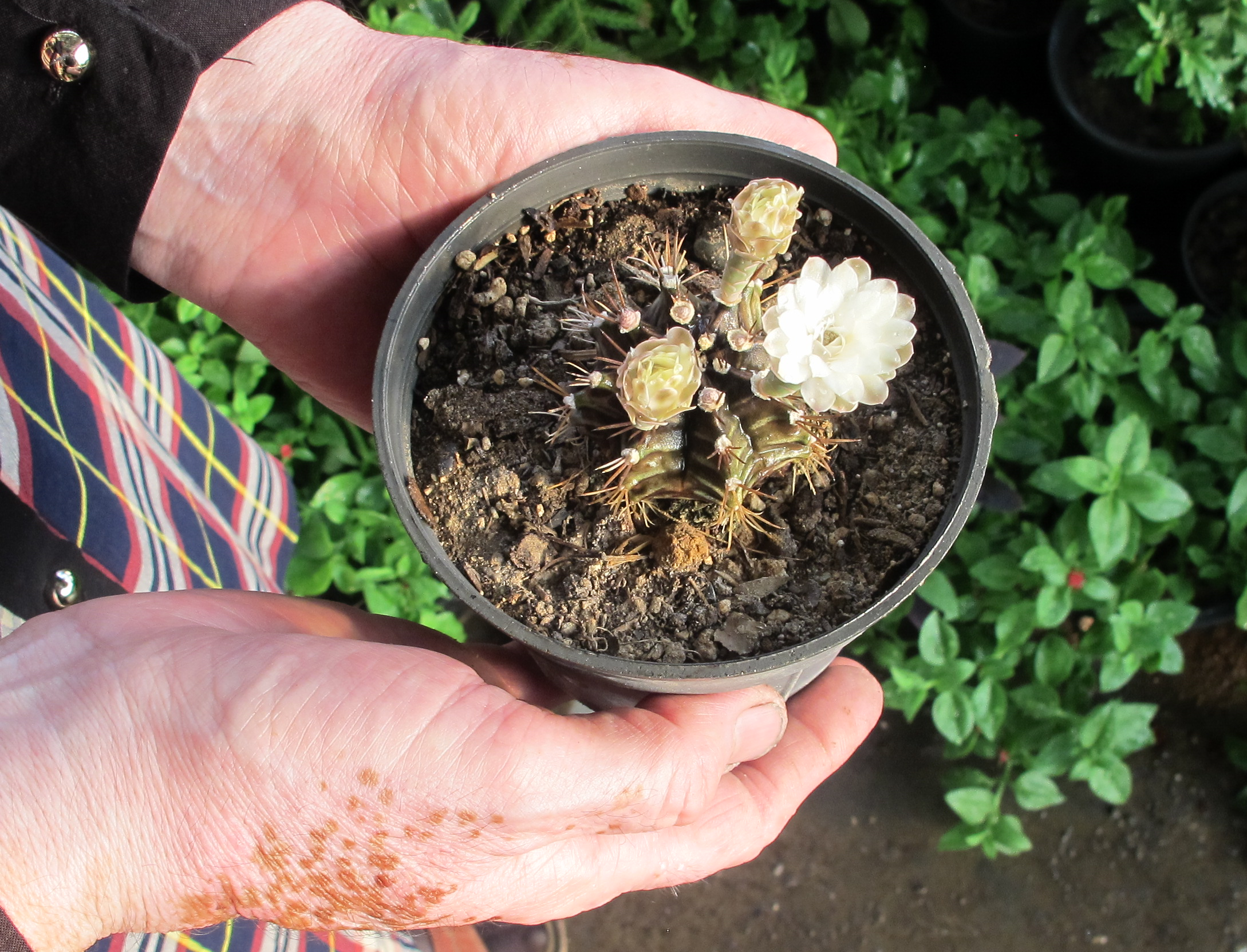
Appropriate temperature
But what temperature is best for our houseplants in the fall and winter? During these two seasons, keep potted plants away from cold air, such as windows, front doors, and stairwells. They should be moved to a warmer place. The best temperature in this season is between 18 and 25 degrees Celsius. During this temperature period, all living and succulent plants continue to grow and develop. Most plants are damaged at minus 15 degrees Celsius, but the high temperature also withers and plasticizes them because the beneficial moisture of the leaves and stems is lost and evaporates. Therefore, keep plants away from heating devices such as radiators, heaters and heat packages. Try to have a distance of at least 10 meters between the heater and the plant, and even more if possible. Hot weather and being close to heaters and boilers are so dangerous for some houseplants that they can lead to plant death. Let’s take this issue seriously.
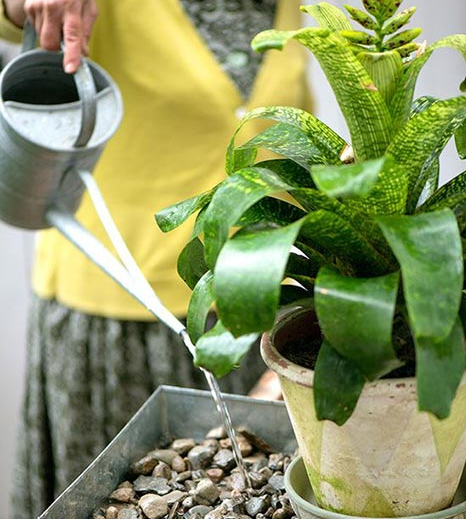
How to irrigate?
As our thirst and the need of most creatures in the cold season to drink less water and fluids than in summer, so do plants. Reduce the amount and volume of watering plants in autumn and winter, because in this season, due to the cooler air and low soil temperature, the plant dries later and the plant needs less water. The number of waterings in these seasons should be less than in spring and summer to prevent root rot, stem pests and leaf fungus. Excessive irrigation causes the evaporation to increase due to the heat of the environment, as if we have placed the plant in a warm sauna. In cold or semi-cold environments, the stem and root of the plant become vulnerable. The water with which you irrigate the plant must be at room temperature. To remove chlorine and warm it up a few hours before, pour water into the irrigation tank and leave it open.
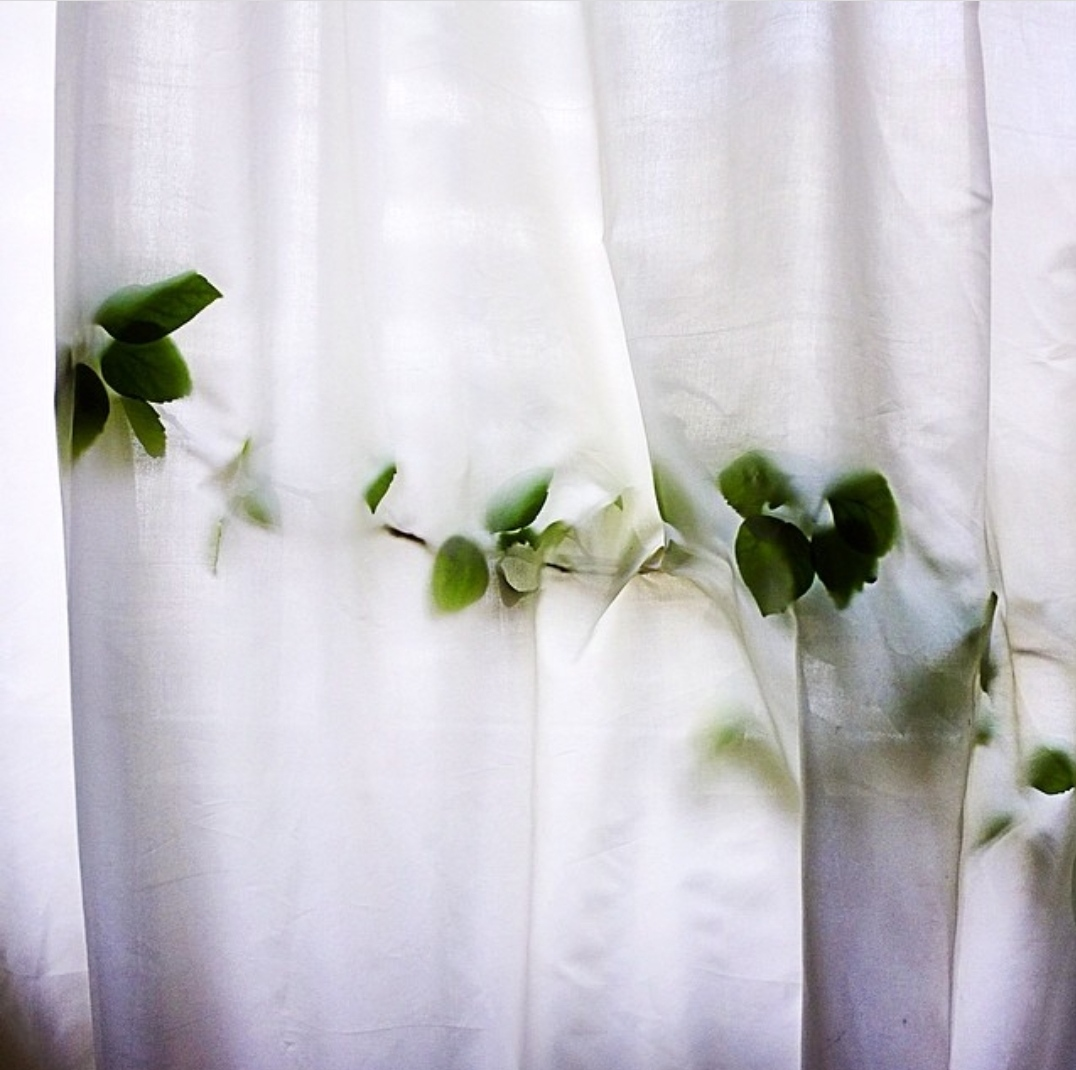
Gentle and indirect light
In addition to soil, water and adequate attention, light is also a necessary nutrient for the plant to grow properly. Be sure to place the plants in a sunny spot this season to get some sunlight. The ideal temperature for most plants in winter is around 5 to 20 degrees Celsius, meaning the temperature received from sunlight, not the environment. The same light behind the glass or the light that shines from the corridor is also suitable. Just be careful that the branches and leaves of the plants do not stick to the windows because the cold outside will cause the leaves to freeze or on warmer days the magnifying glass and leaves to burn.
Flowers such as “Purple Willow Leaf”, “Swamp Palm” and “Pen” are completely dried in cold and open air in winter. There is no need to try to prevent this from happening because the roots of these plants are alive and this hibernation is necessary for the plant to grow again and better in the spring. So do not think that the plant has not received light. Another important point is to avoid changing the soil of the pots in winter. The best time to do this is late winter and early spring.

Autumn-loving plants
If you are planning to buy autumn plants and are waiting to write down their names, here are some that have been confirmed by many flower and plant experts. Flowers like Hassan Yousef dry out in extreme cold. Remember to keep cacti in the cold season as they need less watering. Plants such as “cute sunny flowers” dry completely in winter and to have a pot of these flowers in the new year, you must collect or buy the seeds of this plant. “Ashrafi”, “Jafari”, “Davoodi”, “Violet” flowers “Carnation”, “Enamel”, “Ornamental Cabbage”, “Begonia” and “Snow” are suitable for autumn. They also have beautiful flowers. A variety of roses and houseplants are also good options.
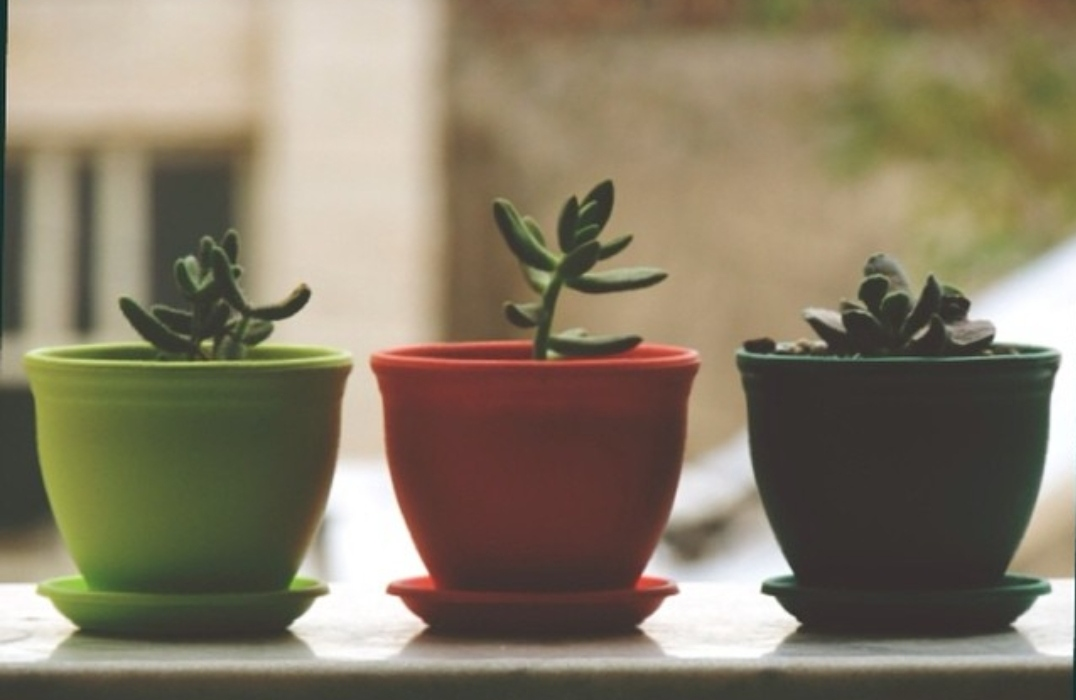
Ventilation yes, no rain!
The only important point is that the leaves of plants on cold days of the year need water spray, dusting and use natural pesticides such as tobacco solution (tobacco leaves that are soaked in lukewarm water for several hours and the resulting solution is a natural pesticide) . Sometimes, if the flowers are small and light on sunny days, they can be left outdoors to absorb the necessary oxygen. Rainy days in autumn Do not put the plants in the rain more than the rainy weather, because due to the phenomenon of temperature inversion, rainwater is acidic and harmful to plants. Ventilation of the space where the plants are kept is also important to have a lively home, apartment and autumn garden.
End of message /
You can edit this post
Suggest this for the front page
.

